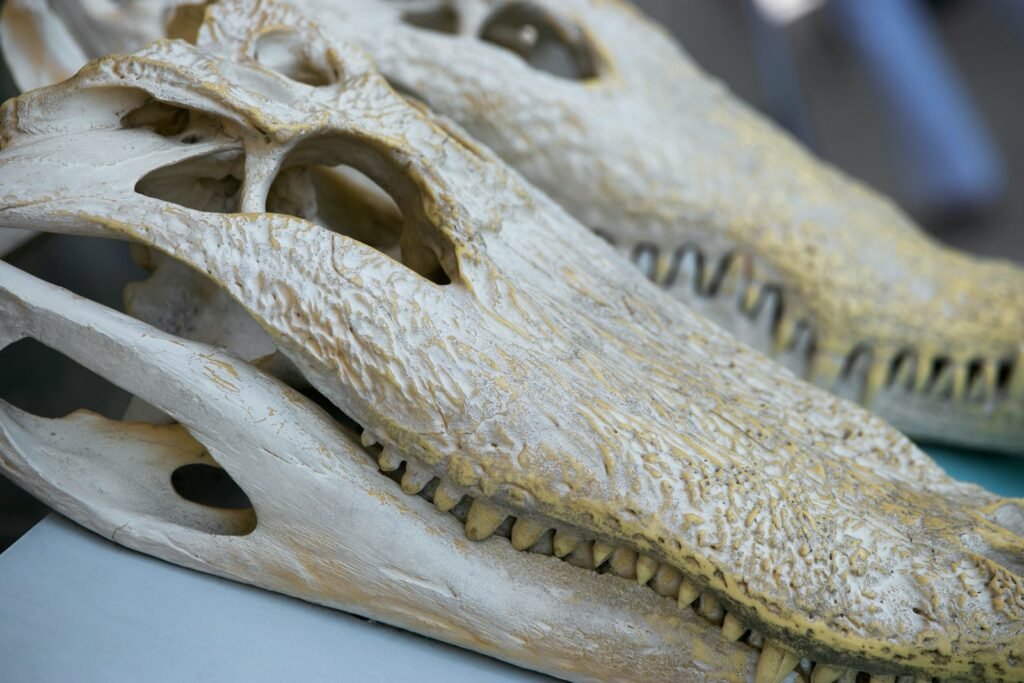Earth’s oceans feel eternal, yet their origin reads like a cosmic detective story with missing pages and conflicting witnesses. For decades, scientists argued over whether our water was baked out of young Earth’s rocks or delivered by wayward space rubble. New measurements from ancient minerals and meteorites have sharpened the picture, but they haven’t drained the mystery. The real twist is that the answer seems to be both: oceans born from inside and outside, shaped by fire, ice, and deep time. And the next question is even bolder – could our planet ever make new oceans again?
The Hidden Clues
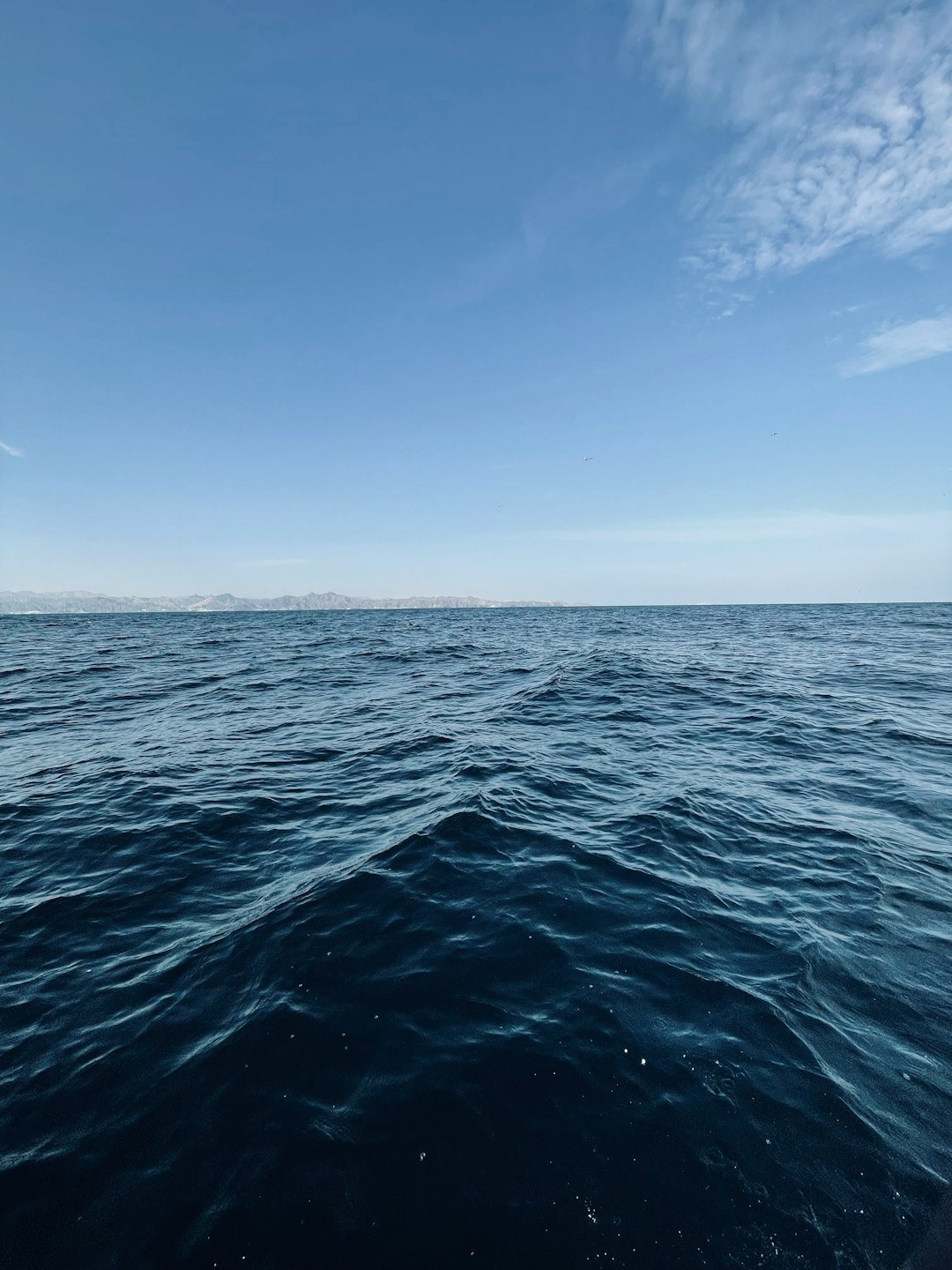
Start with the seawater itself: its chemical fingerprints point to a mixed family tree rather than a single source. The ratio of heavy to light hydrogen in the ocean mirrors what’s found in certain carbon-rich asteroids, hinting that early impacts sprinkled Earth with water-rich minerals. But comet measurements are all over the map, with some far too heavy in hydrogen and a few surprisingly close, suggesting comets played, at best, a supporting role. Meanwhile, noble gas and hydrogen isotopes in Earth’s mantle whisper that some water formed when the planet was young and molten, reacting with a haze of primordial hydrogen that bathed the inner solar system.
Put together, the evidence reads like a layered palimpsest: outer-space deliveries on top of inner-Earth contributions, both sealed by a crust that finally cooled enough to hold oceans.
From Ancient Tools to Modern Science
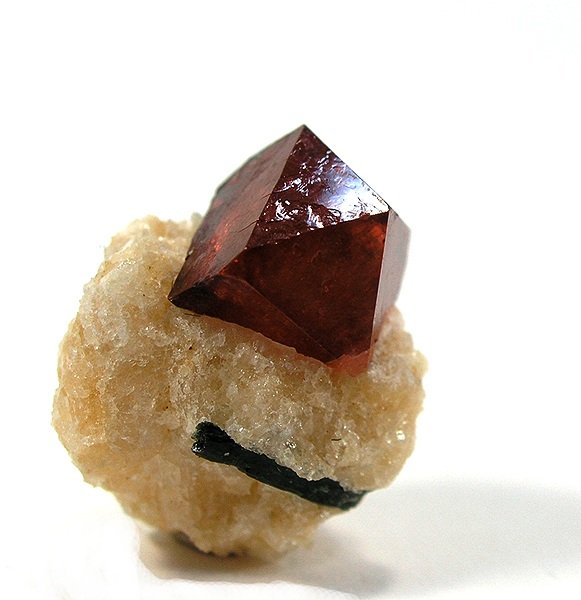
The instruments rewriting this story look humble but punch above their weight: tiny zircon crystals, meteorite shards, and droplets of volcanic glass. Geochemists use mass spectrometers to compare isotopes with ridiculous precision, weighing atoms like a jeweler judges diamonds. Oxygen in Hadean zircons, some more than four billion years old, shows signatures consistent with liquid water weathering the crust, implying oceans or at least enduring seas much earlier than once imagined. Meteorites from carbonaceous chondrites carry hydrated minerals that match ocean-like hydrogen ratios, strengthening the case for rocky asteroids as water couriers.
Tie those lines to seafloor drill cores and volcanic gases, and a picture emerges of a restless world where the deep interior, the surface ocean, and the sky have traded water since the planet’s fiery youth.
Cosmic Fingerprints
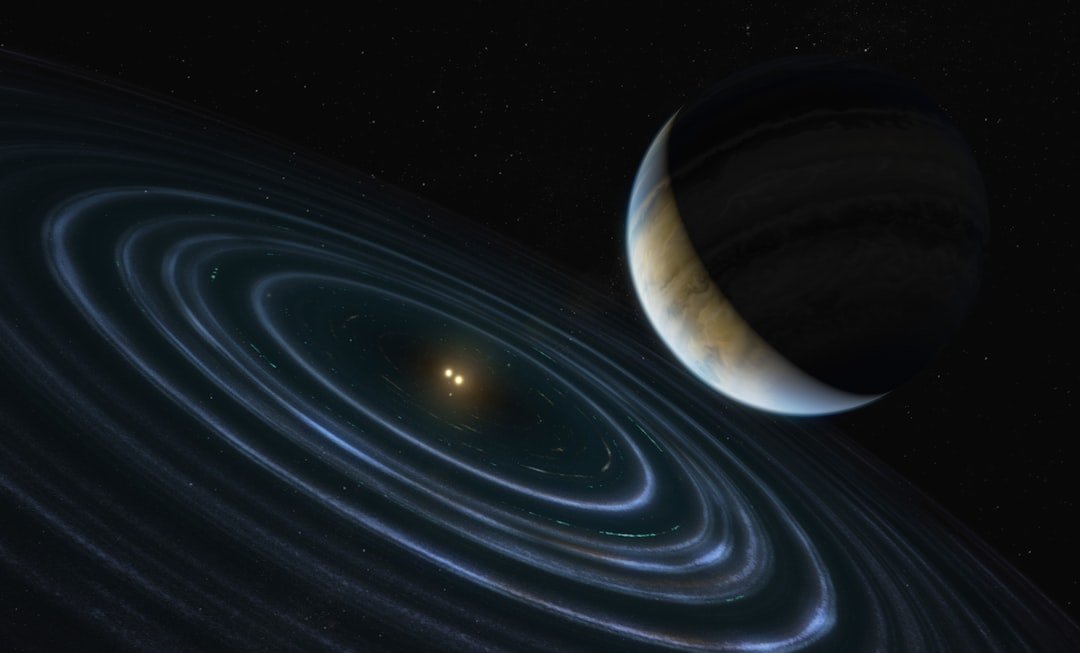
If you want drama, follow the isotopes. Hydrogen’s heavy sibling – deuterium – acts like a passport stamp, and Earth’s oceans share a stamp strikingly similar to certain classes of water-rich asteroids. Many comets, especially those measured from the outer solar system, carry heavier water that doesn’t fit the ocean’s profile, while a few from the Jupiter-family side come closer, muddying the waters just enough to keep the debate interesting. Add xenon and krypton clues and a new possibility appears: early Earth may have trapped a little primordial gas from the solar nebula, which later reacted with hot rocks to produce water.
None of these lines alone is a smoking gun, but together they build a case file that points to a blended origin – something neither the asteroid nor the degassing camps could claim exclusively.
Earth’s Internal Faucet
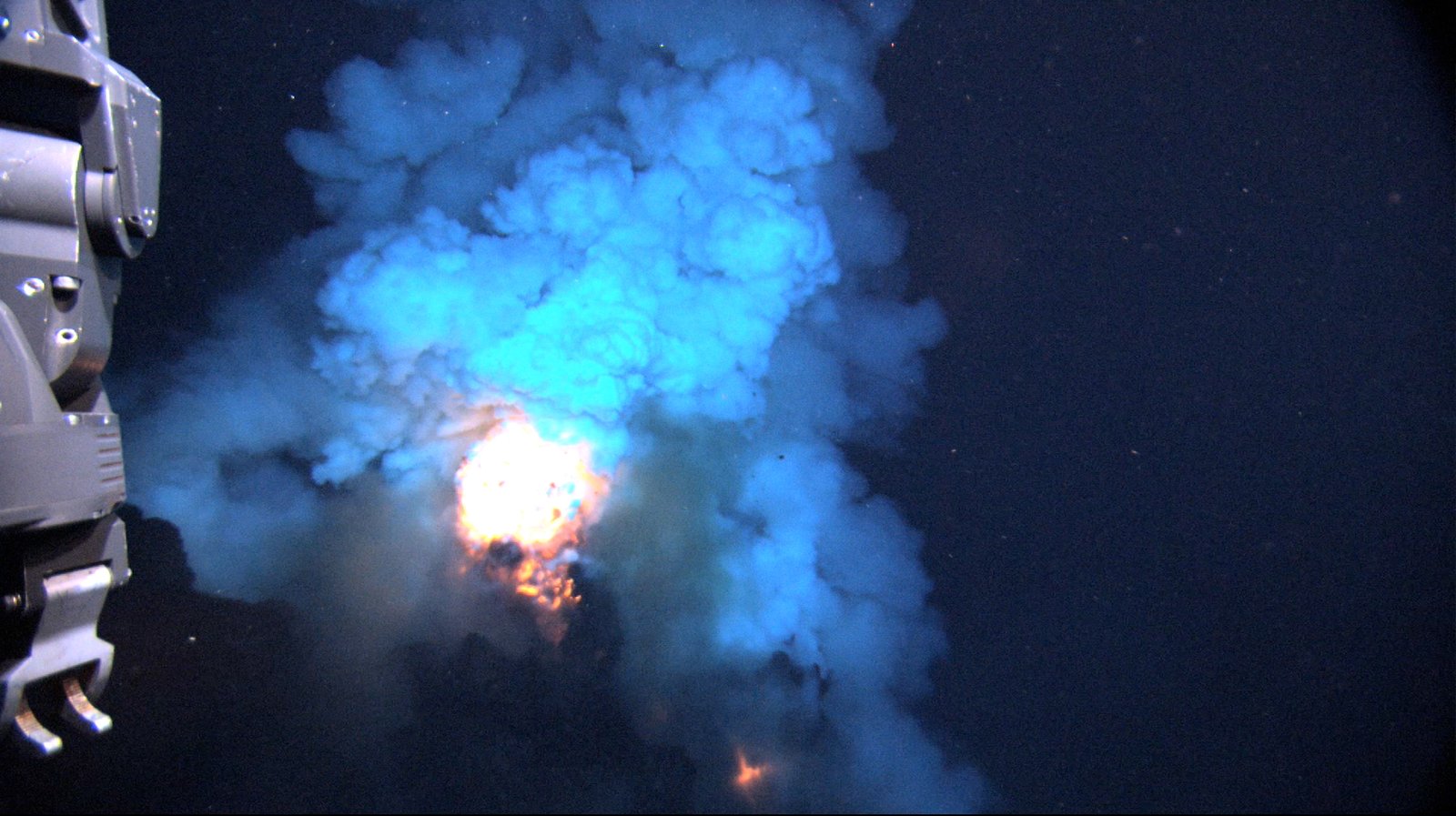
Volcanoes don’t just belch lava; they also exhale steam that ultimately becomes rain, rivers, and seas. During the planet’s magma-ocean phase, water bound in minerals and melted rocks escaped into the newborn sky, where it condensed into the first long-lived oceans once the crust cooled. That internal faucet still drips today as plates dive into the mantle, carry hydrated minerals downward, and later return some of that water through arc volcanoes.
The deep mantle likely stores vast amounts of water locked inside crystal structures – less like puddles and more like a sponge – perhaps rivaling the mass of the surface ocean in total, though it’s not free to flow. Earth, in other words, is both a reservoir and a recycler, and the ocean is just the shimmering surface of a much deeper hydrologic machine.
The Deep-Time Timeline
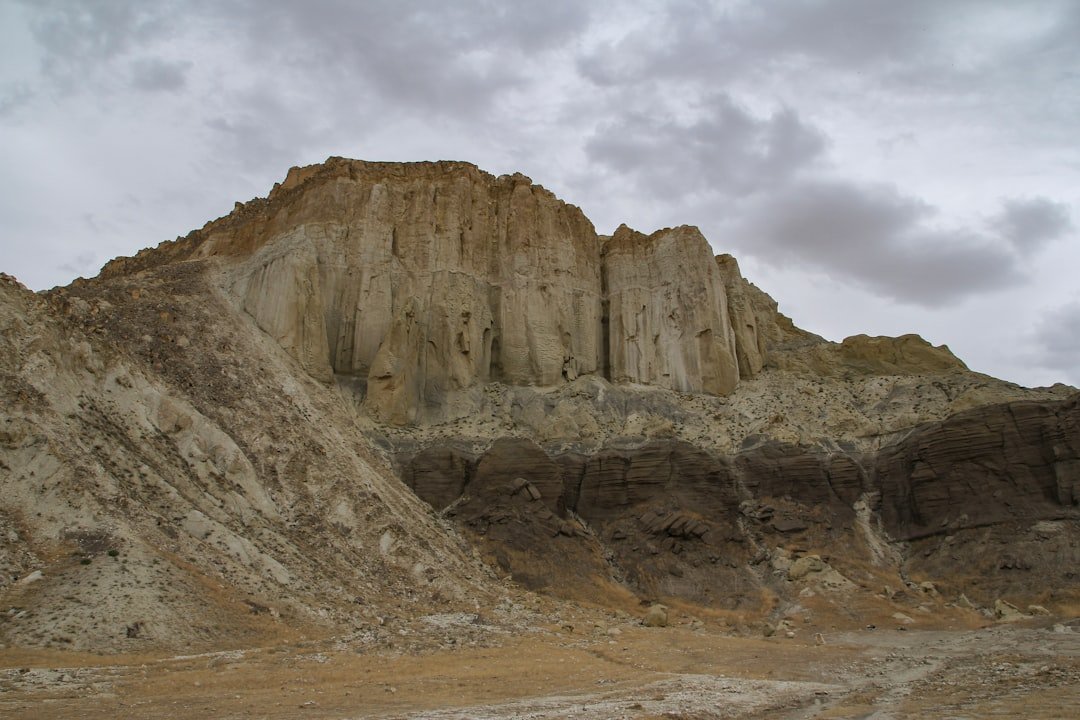
The timeline is surprisingly swift by planetary standards. Evidence from ancient zircons suggests liquid water existed by roughly four point four billion years ago, not long after the Moon-forming impact churned the planet. Later bombardments likely topped off the seas with water-rich asteroids, while early continents rose and sank, and the ocean’s chemistry swung wildly as iron, sulfur, and carbon cycles took hold.
By the time microbes began sculpting the atmosphere, the oceans had already become a chemical engine, dissolving gases, buffering temperatures, and incubating primitive life. Through supercontinent cycles, snowball phases, and hothouse spells, seawater volumes see-sawed but never vanished, underscoring how resilient the global water cycle can be over geologic time.
Why It Matters
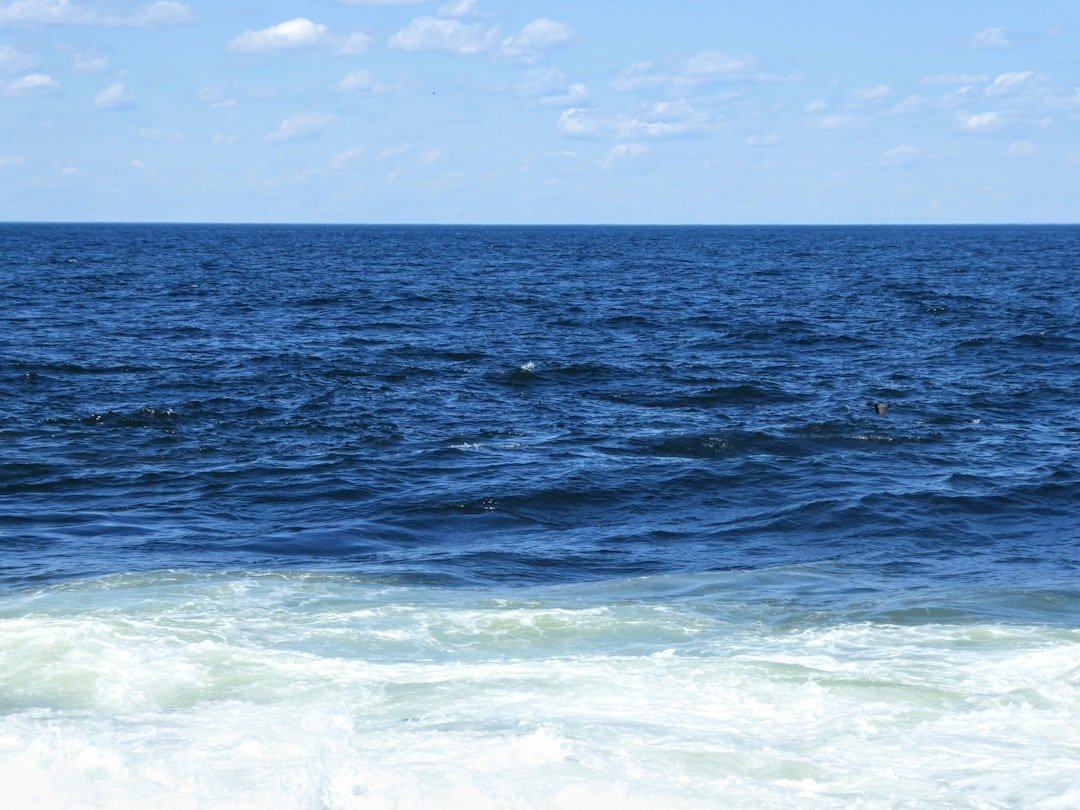
This origin story isn’t just trivia; it’s a manual for habitability on any world with a sky. Oceans are climate’s shock absorbers, soaking up heat and carbon and dulling the planet’s mood swings, without which complex life might never get a foothold. The same fingerprints that trace our water’s past guide the hunt for ocean worlds around other stars, where the balance between delivery, retention, and loss decides whether a planet becomes a blue marble or a dry husk.
Even here at home, knowing how water cycles between mantle and surface refines models of volcanic hazards, long-term sea-level baselines, and the carbon budget. Put bluntly, the story of how we got oceans helps forecast whether we keep them – and for how long they can keep us.
Global Perspectives
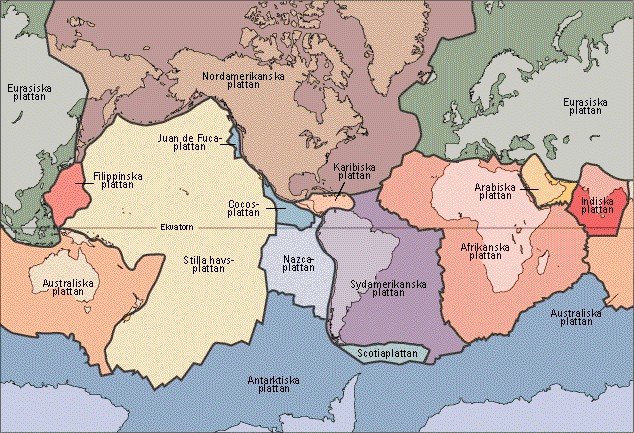
Look across Earth today and you can spot ocean-making in slow motion. The Red Sea and the Gulf of California are young ocean basins in training, opened by rifts that let new crust spread and sag below sea level. The East African Rift is another crack in progress, where continents are drifting apart and magma is slowly building a future seafloor – a newborn ocean that could form within five to ten million years.
At the same time, fragments of past oceans are being swallowed at subduction zones, grinding deep-water minerals back into the mantle’s sponge. The global balance seesaws, but on human timescales the tally barely budges; the ocean you know is effectively the ocean you get.
The Future Landscape
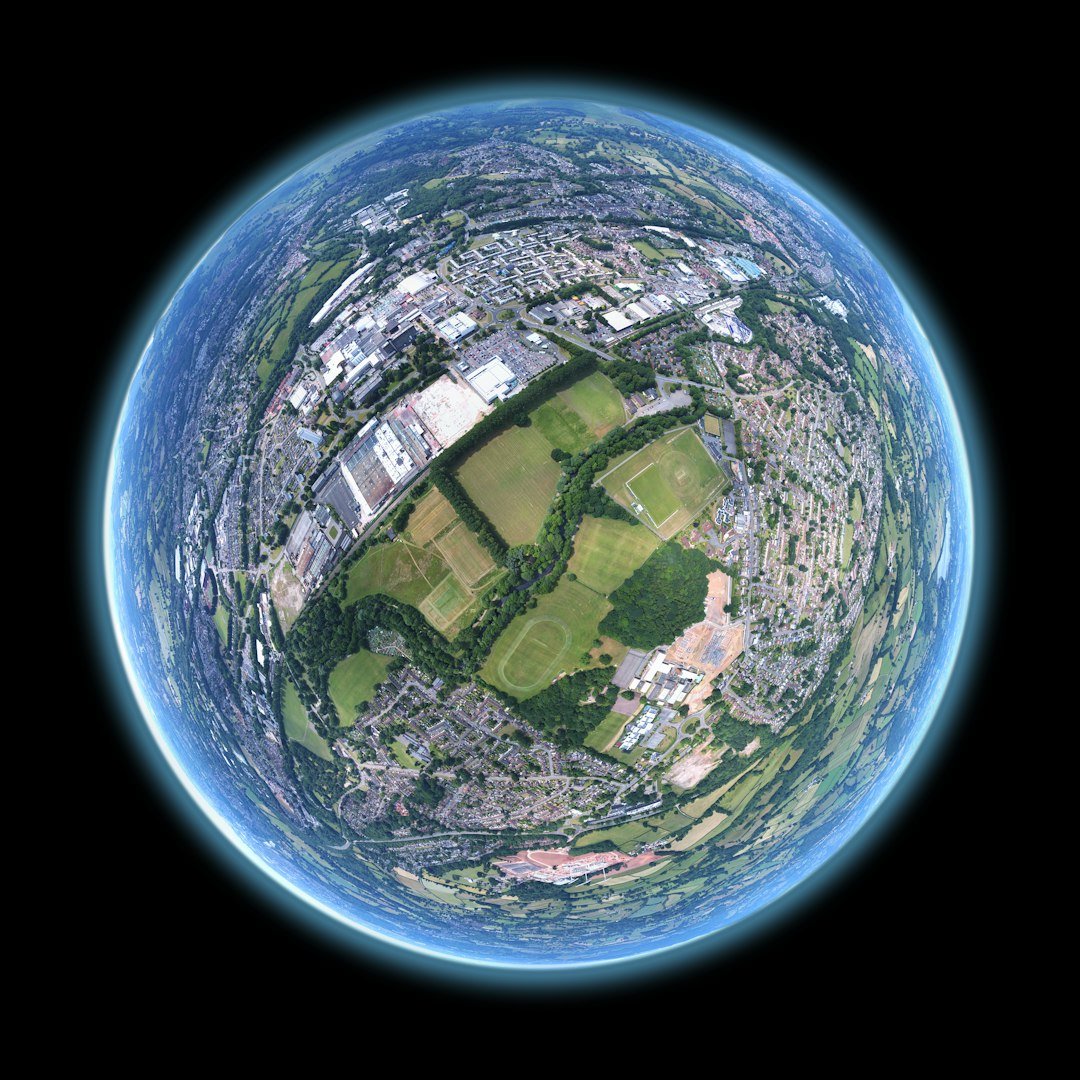
Could Earth ever make entirely new oceans, in the sense of fresh water appearing from nowhere? Not in any timeframe that matters to civilizations. Volcanic outgassing continues, but today’s flux is tiny compared with the hundreds of millions of cubic kilometers already present, and extraterrestrial delivery by impacts has dwindled to a faint drizzle. What will change are the basins themselves: rifts will widen into seas, old oceans will close as continents collide, and the map will redraw over tens to hundreds of millions of years.
Far beyond that, hydrogen slowly escapes to space and the Sun brightens, edging Earth toward a future where surface water may thin out, but those are endings measured in billions of years. On the practical scale, sea-level rise this century reflects warming and ice melt, not new water arriving from the deep or from space.
From Ancient Tools to Modern Science

Technologies on the horizon promise sharper answers, and they aren’t science fiction. Asteroid sample-return missions are delivering pristine pieces of water-rich rocks to labs, letting researchers track isotopes grain by grain without the contamination of Earth’s weather. Ocean-bottom observatories now eavesdrop on fluids circulating through the seafloor, giving a real-time view of how water, heat, and chemicals move between crust and ocean.
High-pressure experiments squeeze mantle minerals to the crushing depths where Earth hides most of its water, narrowing how much is stored and how easily it can return to the surface. When those threads are woven with exoplanet surveys, we’ll know which distant worlds are likely to hide seas behind their clouds – and which are all glare and no blue.
Conclusion
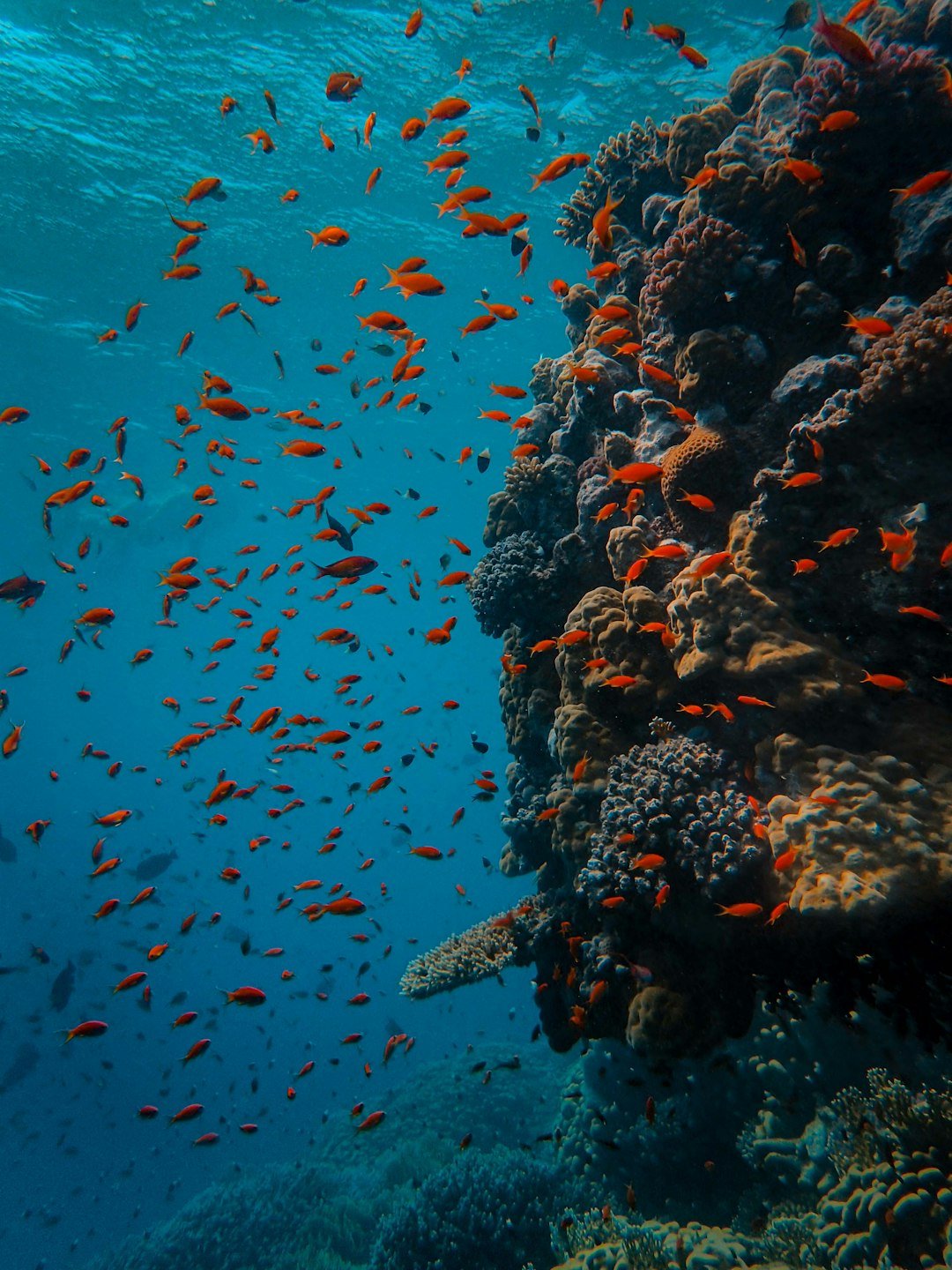
Big mysteries thrive on small acts done by many people. Support organizations that fund planetary missions and ocean drilling, because every sample and sensor adds a new line to the water ledger. Learn how the carbon cycle ties to ocean heat and chemistry, then press for policies that protect reefs, wetlands, and the icy storerooms that feed the seas. In your own life, cut the fossil-fuel habits that warm and acidify the ocean, and back local efforts that restore river corridors and coastal buffers.
Most of all, stay curious – ask how we know what we know, and cheer when new evidence makes us rewrite the story. After all, the ocean’s origin is still unfolding, and your attention helps keep the science honest and the wonder alive.

Suhail Ahmed is a passionate digital professional and nature enthusiast with over 8 years of experience in content strategy, SEO, web development, and digital operations. Alongside his freelance journey, Suhail actively contributes to nature and wildlife platforms like Discover Wildlife, where he channels his curiosity for the planet into engaging, educational storytelling.
With a strong background in managing digital ecosystems — from ecommerce stores and WordPress websites to social media and automation — Suhail merges technical precision with creative insight. His content reflects a rare balance: SEO-friendly yet deeply human, data-informed yet emotionally resonant.
Driven by a love for discovery and storytelling, Suhail believes in using digital platforms to amplify causes that matter — especially those protecting Earth’s biodiversity and inspiring sustainable living. Whether he’s managing online projects or crafting wildlife content, his goal remains the same: to inform, inspire, and leave a positive digital footprint.



